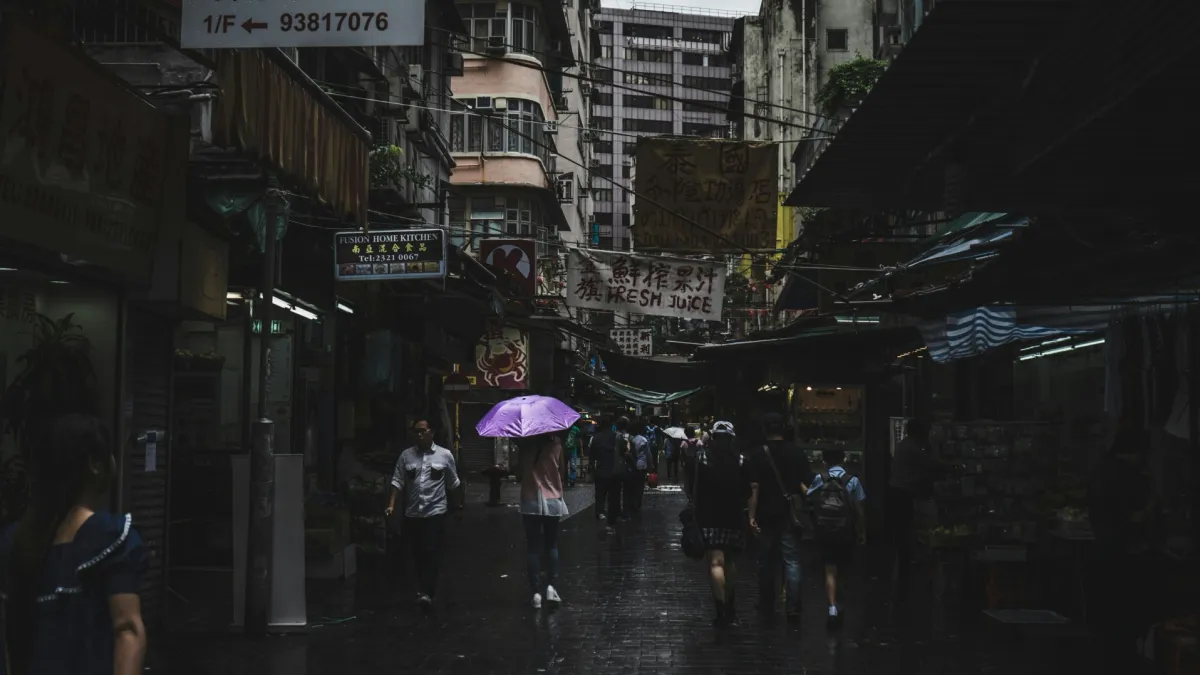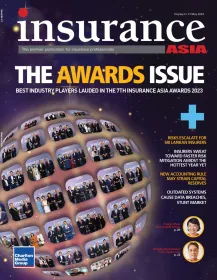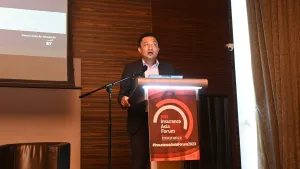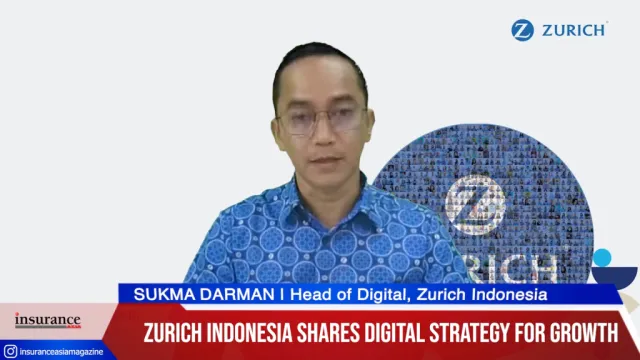Renewables push faces climate hurdles post-COP28
By Tom Baker and Jan PaganAs the world advances towards net-zero, protecting our renewable assets from extreme climate events is vital.
In December 2023, 118 governments pledged to triple the world's renewable energy capacity by 2030 at the United Nation’s COP28 climate summit. As efforts intensify to increase renewables adoption, it is crucial to acknowledge the vulnerabilities of infrastructure intended to facilitate the worldwide shift towards achieving net-zero.
Across the Asia Pacific, regions face severe weather conditions, such as wildfires and storms in Australia and severe flooding in places like Thailand. These events can and will continue to threaten key renewable infrastructure and should be front of mind when examining the feasibility and longevity of projects.
Extreme weather events, like rising temperatures, are becoming a regular occurrence, not only in Asia but across the globe. Records show that a heat wave has occurred every year since 2000, consistently breaking previous records and lasting for more than a week and occasionally even longer.
Last year, new high temperatures were reported in places like Thailand and China, underscoring the need to strengthen and develop renewable energy infrastructure, which is often built in locations that face extreme climates, to make it more resilient to temperature shocks and to ensure it can operate year-round.
A growing amount of renewable energy infrastructure currently operates across environments that experience extreme weather and temperatures.
The impact of extreme heat
Wind turbines must operate within certain ambient temperatures. They can operate at full power in temperatures ranging between 30 and 35 degrees Celsius. They are de-rated to safeguard temperature-sensitive components if temperatures reach that level. They will shut down when the temperature is between 40 and 45 degrees to keep the nacelle's interior temperature below 55 degrees and prevent irreparable damage to these components.
Any equipment that operates in temperatures close to or above their design limits will suffer some sort of degradation, which will gradually shorten its operational life. Sensors are installed in wind turbines to limit the amount of time they operate at these high temperatures and lessen the severity of the damage.
However, the operational life of some components may be cut short because of these heat episodes growing more frequent and intense with each episode.
As the use of battery energy storage systems (BESS) continues to grow, it’s important to reflect on how high temperatures pose a risk to this increasingly important infrastructure. Nothing, unless intentional, affects a battery’s life more than heat. There is a risk of the batteries becoming irreversibly damaged if the surrounding temperature reaches 45 degrees, thus charging and discharging should stop.
To avoid this, BESS include inbuilt cooling systems to help maintain stable operating temperatures. However, we must ask ourselves if such systems are capable of handling prolonged periods of extremely high temperatures.
During heatwaves, energy from BESS will undoubtedly be in high demand to stabilize the grid. Therefore, BESS will be producing a lot of heat during these times, and this is when they will be most vulnerable to damage.
It is important to emphasise that these energy systems are connected to the electrical grid, which will be equally stressed during extreme temperature periods. Energy demand will increase significantly across the network, and it could be overwhelmed.
Failures, such as electrical fires across the entire distribution network may occur at the same time or in quick succession during these extreme heat events. To make things more challenging, there will also be a heightened risk of wildfires ignited by electrical failures, as seen in the past.
Protecting our assets
To mitigate the risk of extreme heat on renewables infrastructure, the energy sector needs to consider the effects of extreme heat when looking at existing and new projects. Around 95% of claims associated with weather events continue to use weather models that are out of date.
Developers and operators of existing projects should perform assessments to identify potential hotspots and make modifications that allow critical equipment to operate normally during extreme heat conditions, such as installing cooling fans or providing shade.
They should also commit to permanently implementing such modifications to protect assets during these events. Operators should also be more aggressive when inspecting and testing for the remaining life of the project to ensure that it can track the accelerated degradation of assets. Breakdowns will happen, and thus, operators should ensure that sufficient spare parts are available for components with the greatest exposure to extreme heat.
For new projects, prospective operators should have a clear picture of the potential weather risk. They should have reliable and up-to-date predictions for extreme heat events which can affect the project through its operational life cycle.
In addition, the design of the electrical infrastructure and other critical components should be adequate for operating at projected extreme temperatures, ensuring countermeasures are put in place to protect assets, such as extra cooling or shading and maintain robust testing and inspection during the operational phase.
It is also worth making sure the region’s grid infrastructure has sufficient redundancies in place that would allow it to operate safely during heat events and avoid overloading the transmission network.
Preparation is key
As extreme weather and heat episodes become more common, simple preparation measures remain key to ensuring the risk remains insurable, and that the insurance policy can provide wider coverage than otherwise possible if no mitigating actions were taken by the insured.
However, as extreme weather events continue to evolve, insurance policies will need to clearly define the boundaries of the cover provided. Manufacturing warranties are often limited to picking up the cost of repair or replacement and will not extend to the consequential business interruption costs (which can be significant, particularly when the relevant supply chains remain under pressure).
Therefore, underwriters will likely need to use sub-limits and/or increased deductibles, together with carefully drafted defects and serial defects clauses, to manage this exposure.
As the globe rapidly marches towards a net-zero economy, the vital infrastructure that is there to aid the transition should be protected from the outset.












 Advertise
Advertise












